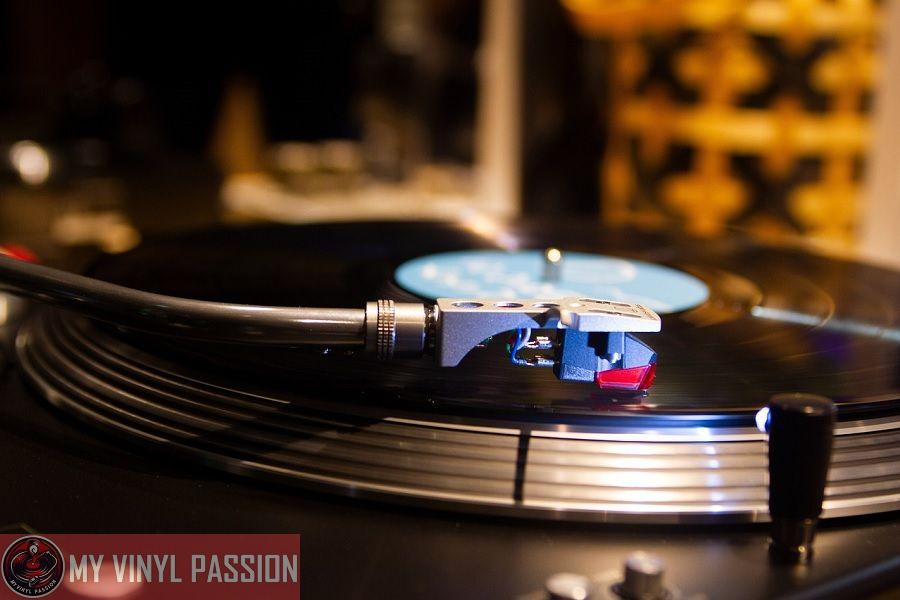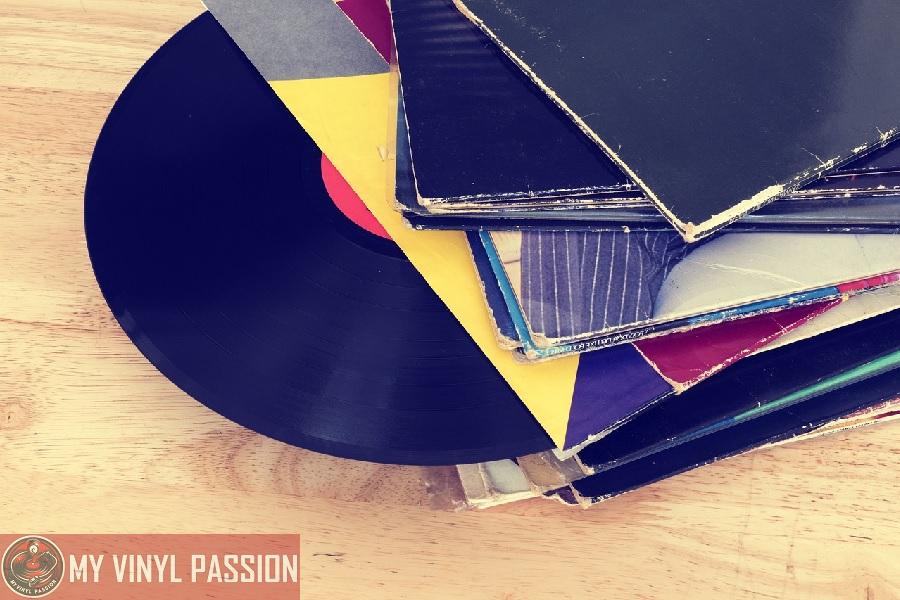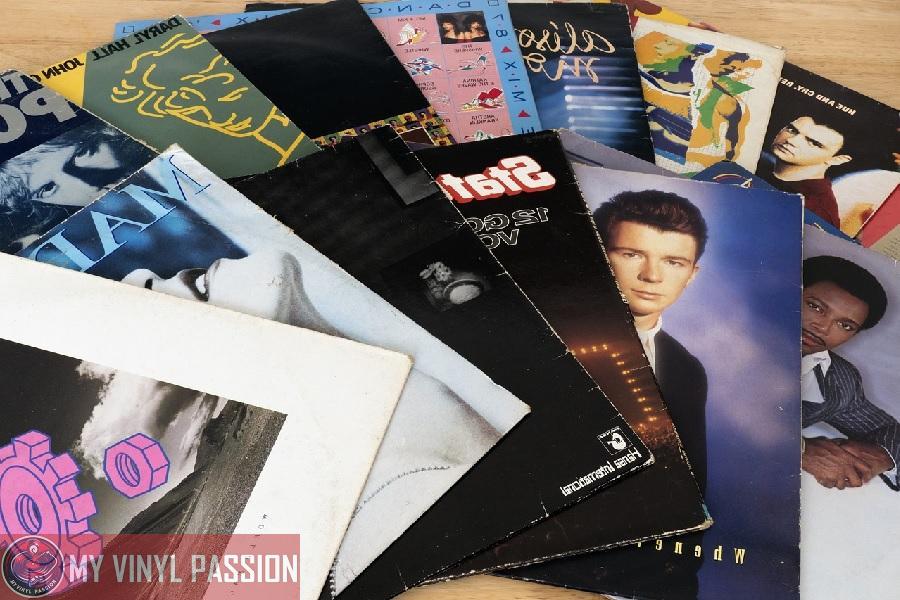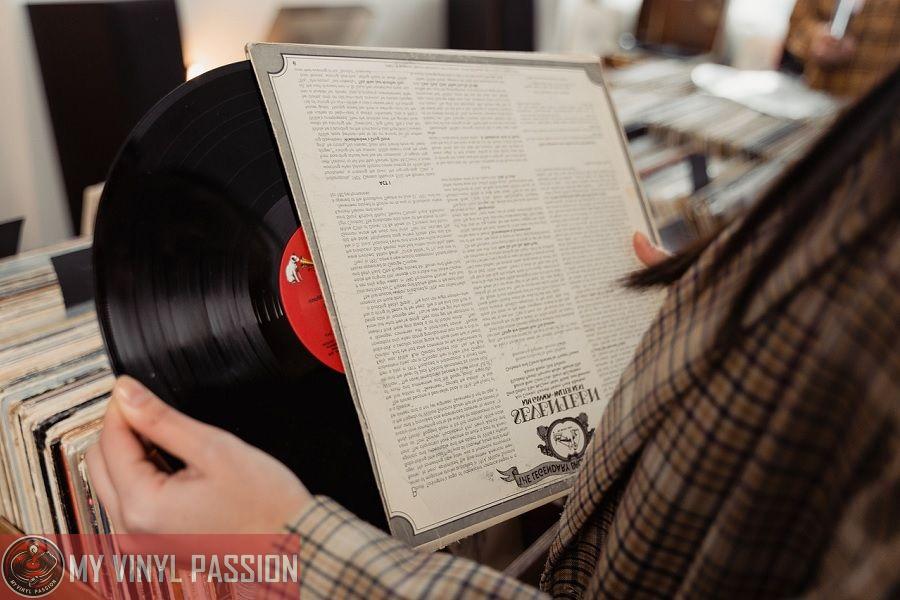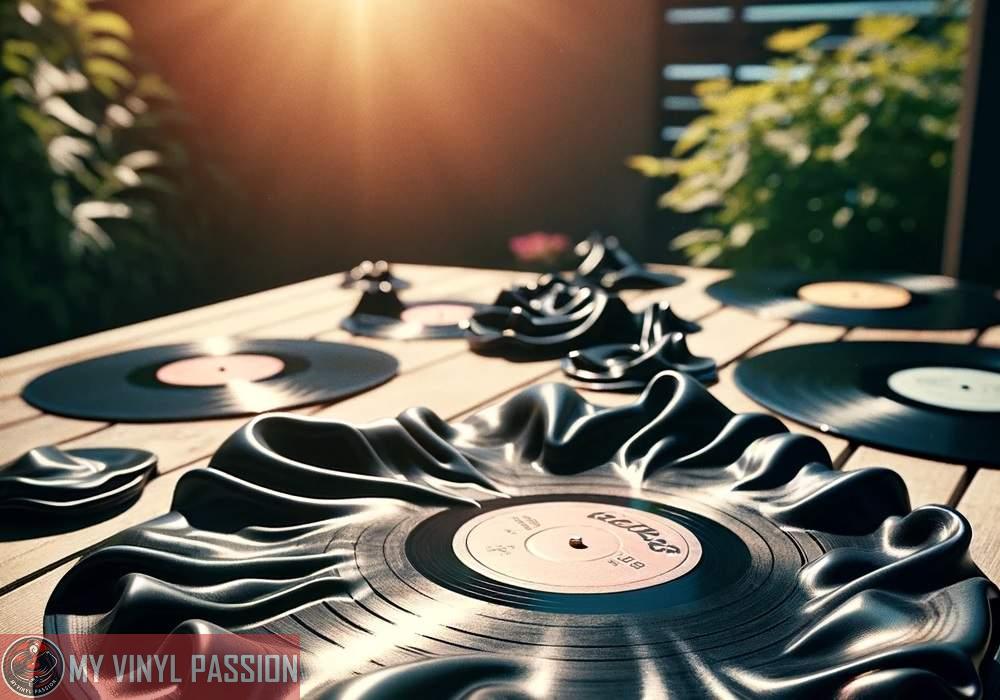An LP record, short for Long Play record, is a vinyl record format characterized by its rotational speed of 33 1/3 revolutions per minute (rpm) and its larger size compared to the single, or 45 rpm record.
The format was introduced by Columbia Records in 1948 and rapidly became the standard for full-length albums as it allowed for extended playtime, fitting more music on a single disc than its predecessors.
This traditional medium has enjoyed a resurgence in popularity, appealing to both audiophiles and collectors who value the tangible experience and sound quality associated with vinyl.
In Summary
“LP” stands for “Long Play,” a term originating from the era of vinyl records to distinguish longer-playing records from shorter formats.
LP records are typically played at a speed of 33 1/3 revolutions per minute (RPM), which is slower than the 45 RPM of single records.
LPs can hold more music than earlier record formats, usually up to 22 minutes per side, allowing for full albums to be pressed on a single vinyl disc.
The standard size for an LP is 12 inches in diameter, larger than the 7-inch singles, contributing to their longer playtime.
Your understanding of the LP record is enriched by its cultural significance over the decades. These records provided a vessel for album artwork and liner notes, fostering a unique connection between artists and listeners.
The tactile nature of handling records and the ritual of playing them have cemented the LP as an icon of music history.
With the digital age shifting music consumption habits, the vinyl record serves as a symbol of the analog era and represents a physical form of cultural record that continues to be revered and enjoyed.
Despite the rise of digital music formats, many music enthusiasts are turning back to vinyl for its richer, more organic sound.
This has led to a vinyl countdown, a renewed interest in analog formats and the experience they offer.
The record’s grooves, read by a stylus on a turntable, produce audio that some argue has more depth and warmth than that of compressed digital sound, adding to the vinyl format’s persistent allure.
The Origins of LP Records
LP records, known as long play records, revolutionized the way you enjoy music. Preceding the LP were 78 rpm records, mostly made from shellac, with a limited playback time per side. In the late 1940s, Columbia Records introduced the microgroove technology, which was a game-changer for recorded music.
This vinyl format enabled a longer playtime, hence the term ‘long play’.
With microgrooves that were finer and closer together, LPs allowed for over 20 minutes of music per side as opposed to the 3 to 5 minutes on a 78 rpm. The device used to play LPs — whether you call it a phonograph or gramophone — could host a 10 or 12-inch vinyl disc, the standard sizes for these records.
Here’s a quick look at the transformations leading to the creation of LPs:
- Shellac to Vinyl: Transition from brittle shellac discs to durable vinyl material.
- RPM Shift: Dropping from 78 rpm to 33⅓ rpm allowing more audio storage.
- Stylus Change: Replacement of wider styli for 78s with slimmer and more precise needles suitable for LPs’ microgrooves.
When you place an LP on your turntable, remember that it’s not just a record—it’s the result of several technological advancements that have made it possible to enjoy albums as cohesive works of art.
LP Record Specifications
In the realm of vinyl records, LP stands for “long playing,” a format that revolutionized the way you experience music. These records are defined by their specific dimensions and speeds, as well as the materials and methods used in their manufacturing.
Diameters and Speeds
LP records typically come in two sizes: 10-inch and 12-inch diameters. The standard LP, which you might be most familiar with, is the 12-inch version.
These records are meant to be played at a speed of 33 1/3 rpm (revolutions per minute), allowing for a longer playing time. This is distinct from the EP (extended play) records that often spin at 45 rpm and usually come in a smaller 7-inch format but can also be found in 10-inch variants.
Material and Manufacturing
From their inception, LPs have been pressed mainly from polyvinyl chloride (PVC), a durable type of plastic.
This material allows for high-quality audio and longevity with proper care. The process of vinyl pressing involves stamping the heated PVC with a metal master disc to create the grooves that carry the sound.
The microgroove format on LPs is finer than that of earlier records, which permits more music to fit on each side, typically around 20-25 minutes, thanks to closer spacing and a shallower groove depth.
Cultural Impact of Vinyl
Vinyl records have left an indelible mark on popular culture, influencing both the music industry’s economics and artistic expressions. Your experience with music is enriched by the tactile nature of album art and the ceremony of playing a record.
Music Industry and Artists
The rise of vinyl impacted the music industry by offering a tangible format for listeners to enjoy and artists to monetize. In the age where singles often dominate platforms, full albums provided a cohesive artistic expression.
Record labels and artists saw vinyl as an essential medium to release music. Albums released by artists on vinyl often include elaborate artwork and additional materials, enhancing the listener’s experience.
Self-releasing on vinyl has also become a viable option, empowering independent artists to take control over their releases. For DJs, the vinyl record remains a preferred medium due to its tactile nature and the culture around vinyl mixing.
Vinyl’s resurrection has even influenced major record companies to repress classic albums, catering to the resurgence of demand from both older fans and a new generation.
- Artist releases on vinyl include limited editions and colored records.
- DJs gravitate towards vinyl for its analog qualities that lend to the art of mixing.
Collectors and Audiophiles
For collectors and audiophiles, vinyl records are more than just a means to listen to music; they’re a passion. The act of record collecting is an immersive experience, with collectors often seeking rare pressings and editions, turning albums into valuable commodities.
Increased demand for vinyl has been linked to the desire for a high-fidelity listening experience, with audiophiles claiming a superior sound quality from vinyl records over CDs or digital formats.
- Collectors prize rare and original pressings, with some albums fetching high prices on the market.
- Audiophiles prefer vinyl for its analog sound, often described as warmer and more authentic than digital formats.
Technological Evolution
As the music industry has evolved, you’ve witnessed the shift from physical formats to digital, yet interestingly, older formats like vinyl records have experienced a revival. Here’s how these two currents in the ocean of music technology have progressed.
From Analog to Digital
You may remember when music was predominantly appreciated through analog formats, such as the microgroove vinyl record and reel-to-reel tapes, characterized by their warm sound.
With the invention of the compact disc (CD) in the 1980s, there was a significant shift to digital formats. CDs offered clearer sound quality and convenience, which made them immensely popular.
They marked the beginning of the digital takeover, which later expanded to include digital downloads and online streaming through various streaming services. This transition heralded a new era where your access to music became almost limitless and instantaneous.
The Resurgence of Vinyl Records
Despite the digital revolution, vinyl records have made a surprising resurgence among music enthusiasts. Attributed to a desire for tangible music and richer audio quality, this renaissance has been noteworthy.
Vinyl records once again grace turntables in homes, and limited-edition presses have become coveted items. Reflecting on articles like “‘Vinyl never say die’“, the physical experience of a record—combined with the nostalgia and a unique sound profile—is something that digital formats have yet to replicate fully.
Today, even the most modern music can be found pressed on vinyl, symbolizing that amidst the ease of streaming, there’s still a passionate place for the old-school vinyl record in your music collection.
LP Records in Modern Times
In the digital era, you might be surprised to find that LP records, or “long players,” are experiencing a resurgence. Despite the convenience of streaming music, vinyl records are cherished for their sound quality and tangible connection to music.
Market Trends
The market for LP records has seen a notable upswing, especially among younger generations.
You are part of a group that values vinyl for its distinct sound and the physical collecting experience. Record shops and online marketplaces are responding to this by stocking new and classic vinyl releases.
In fact, some of your favorite artists are choosing to release limited edition vinyl records, which can be more expensive due to the costs associated with vinyl pressing. This trend is illustrated in the increasing number of vinyl records sold each year, even as streaming music dominates the industry.
Record Production and Distribution
The process to produce vinyl records is more complex than digital formats. For financial reasons and to maintain quality, record labels are investing in vinyl pressing facilities.
The sound of vinyl blog and other industry sources note that this investment is critical to meet rising consumer demand. If you’re in the market for vinyl, you will find record shops well-stocked, or you can turn to numerous online distributors catering to the vinyl niche.
The distribution networks for LP records have expanded, with record labels forming direct-to-consumer channels to ensure that aficionados like you have access to the best sound quality and exclusive releases.
FAQs
What does ‘LP’ in LP record stand for?
‘LP’ stands for ‘Long Play,’ a term used to describe vinyl records that offer a longer playback duration compared to the standard single or EP (Extended Play) records.
How long can an LP record play music?
An LP record typically plays for about 22 minutes per side, allowing for a total of approximately 44 minutes of music on a standard 12-inch record at 33 1/3 RPM.
What is the difference between an LP and a single?
LP records are designed for longer playtime (usually a full album), playing at 33 1/3 RPM, while singles are shorter, often playing at 45 RPM and typically contain one song per side.
Are LP records still being produced and used today?
Yes, LP records have seen a resurgence in popularity and continue to be produced and used, valued for their sound quality and tangible connection to music.
Can LP records be played on any record player?
LP records require a turntable capable of playing at 33 1/3 RPM, which is a standard feature on most modern and vintage record players.
